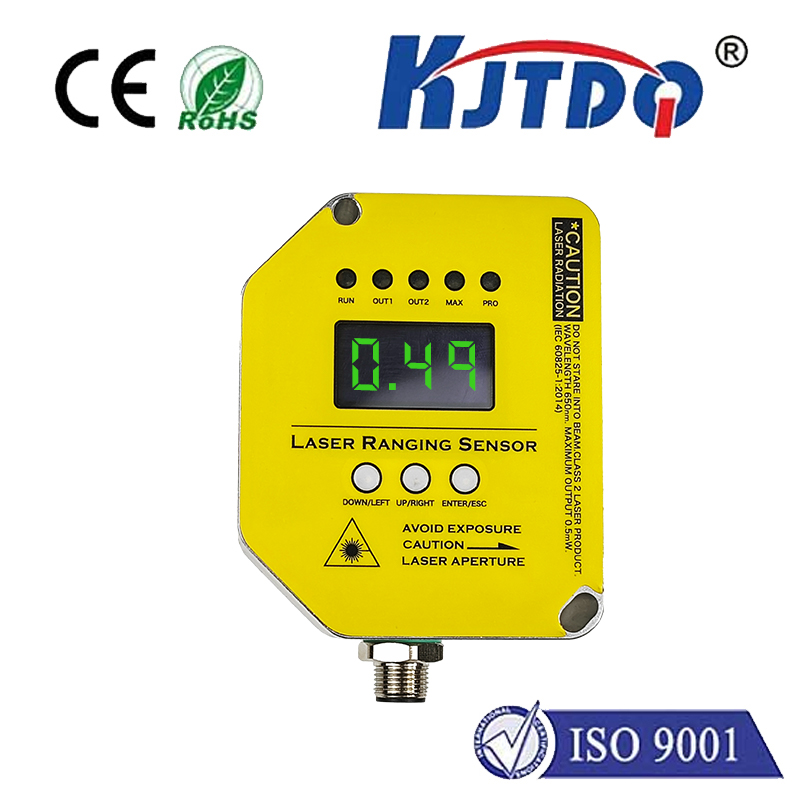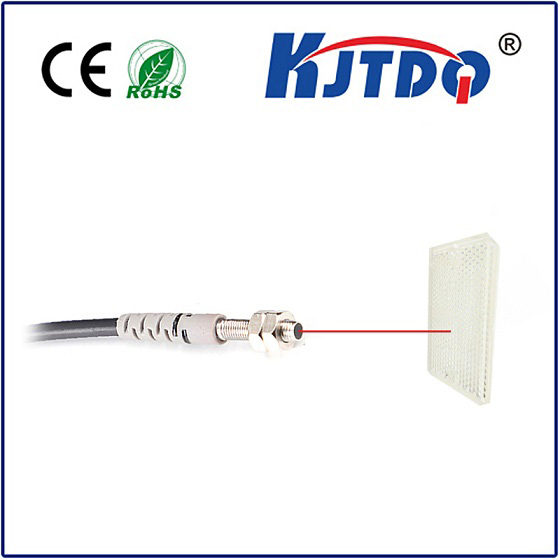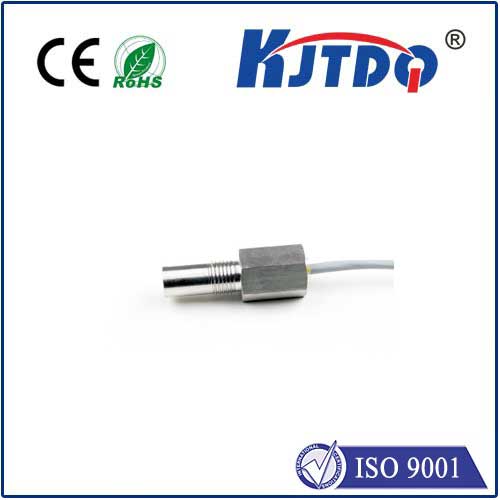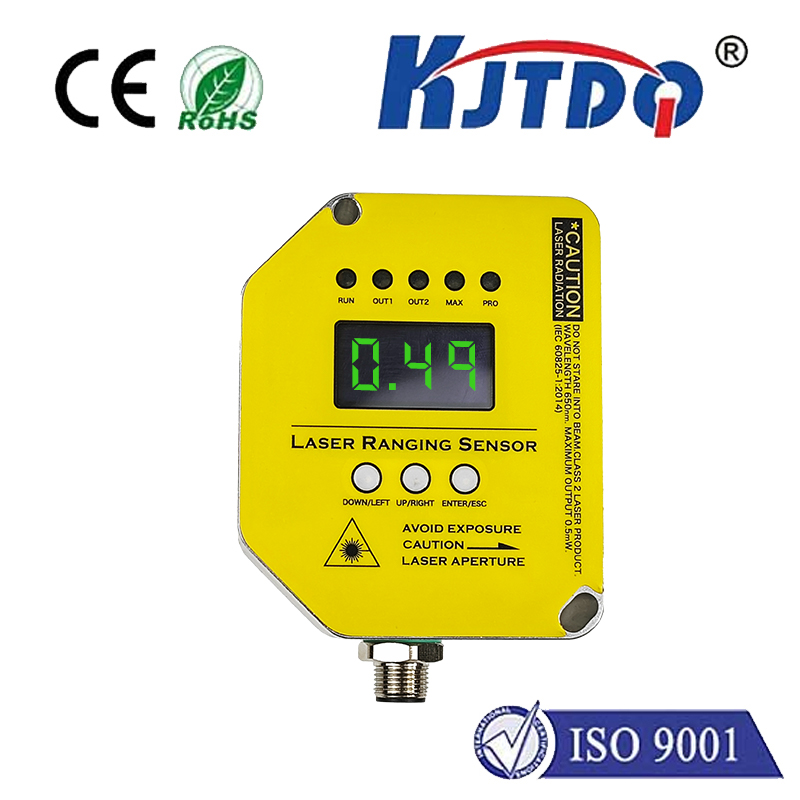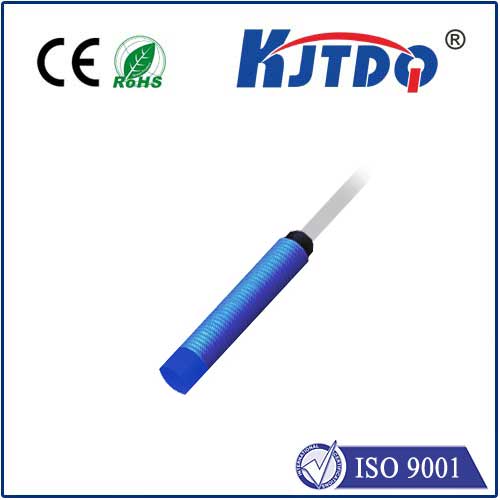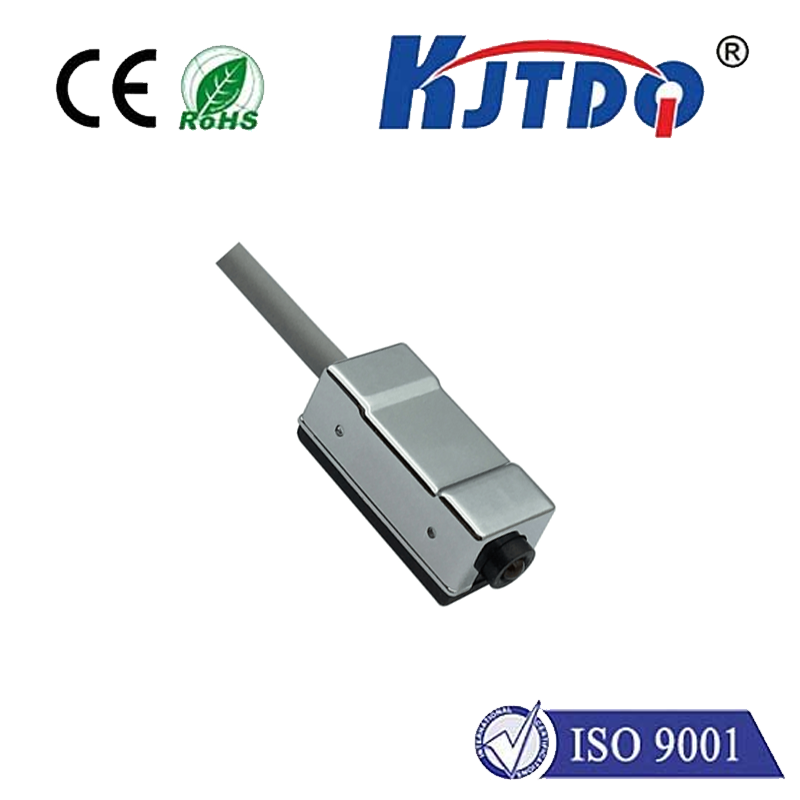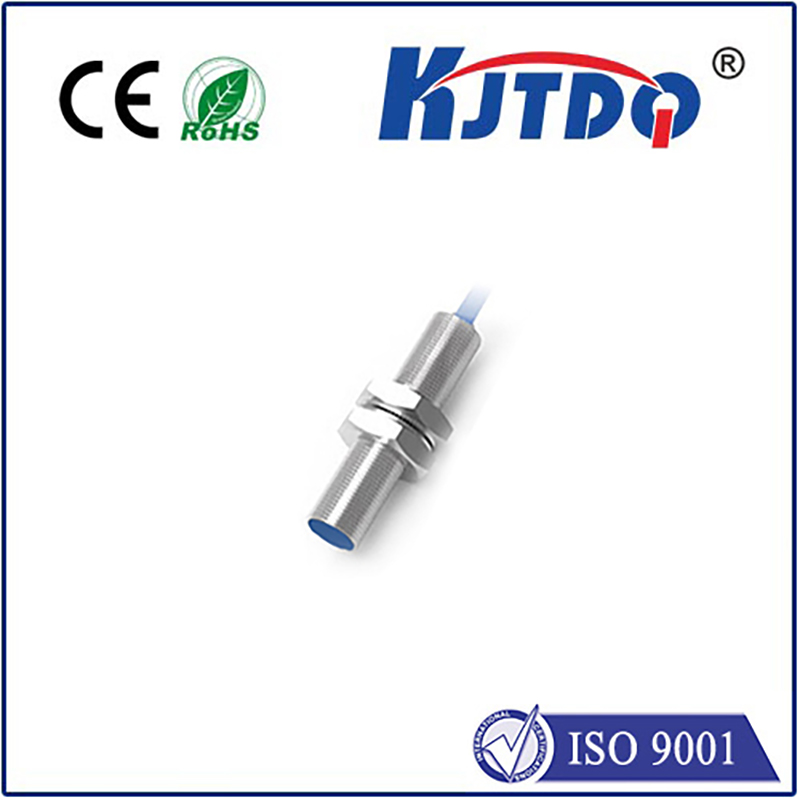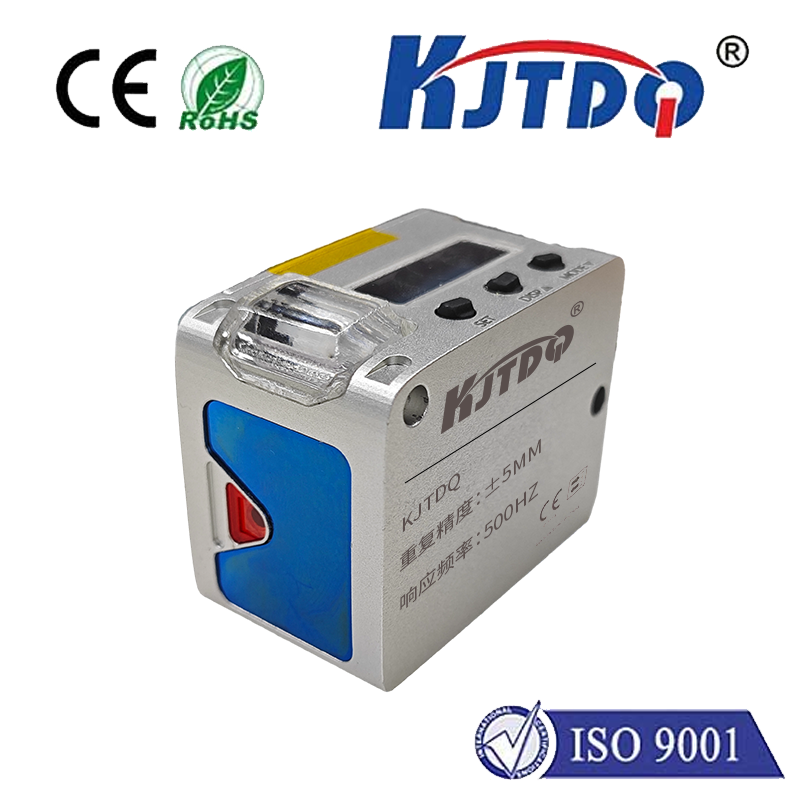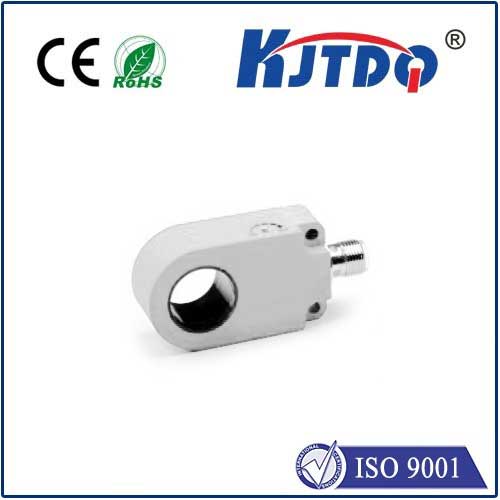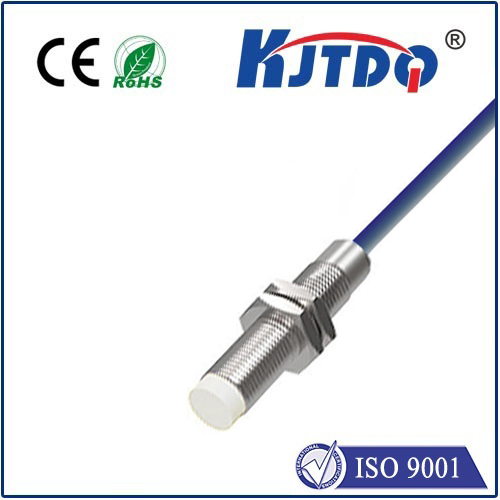remote temperature sensor
- time:2025-08-19 13:22:03
- Нажмите:0
The Invisible Guardian: How Remote Temperature Sensors Revolutionize Monitoring
Imagine this: a critical vaccine shipment traveling across the country. Deep in the insulated container, a hidden threat emerges – a cooling unit malfunction, silently pushing temperatures beyond the safe threshold. Without immediate intervention, millions of dollars worth of life-saving medicine could spoil. This is the chilling reality remote temperature sensors were designed to prevent. These unassuming devices have become the cornerstone of modern environmental monitoring, offering unprecedented visibility and control where it matters most.
What Exactly is a Remote Temperature Sensor?
At its core, a remote temperature sensor is a device designed to measure temperature at a specific location and transmit that data wirelessly to a receiver, display unit, or cloud-based platform – without requiring physical presence or wired connections. Unlike traditional thermometers that demand manual reading, these sensors automate the process, enabling real-time monitoring, data logging, and instant alerts from afar.
The Engine Behind the Magic: How They Operate
A typical remote temperature monitoring system involves several key components:

- The Sensor Probe: This is the element physically exposed to the environment being measured. Common types include thermistors, resistance temperature detectors (RTDs), and thermocouples, each with specific accuracy and range characteristics.
- The Transmitter/Logger Unit: This houses the electronics to convert the probe’s physical reading (like resistance) into a digital signal. Crucially, it contains the wireless communication module (e.g., Wi-Fi, Bluetooth, LoRaWAN, cellular, proprietary RF).
- Power Source: Sensors can be battery-powered for flexibility, hardwired for permanent installations, or even utilize energy harvesting techniques (like solar).
- The Receiver/Platform: This is where the magic of remoteness truly shines. Data is received and can be displayed on a local hub, sent to a central computer system, or, most powerfully, uploaded to a cloud-based monitoring platform. This allows access from anywhere, anytime, via web browsers or mobile apps.
Why the Shift to Remote Monitoring? Key Advantages Unleashed
The benefits of deploying wireless temperature sensors are transformative across numerous sectors:
- Real-Time Alerts & Rapid Response: The most critical advantage. Receive instant notifications via SMS, email, or app alerts the moment temperatures deviate from pre-set safe ranges. This enables immediate corrective action, preventing product loss, equipment damage, or safety hazards. No more relying on manual checks and hoping for the best.
- Continuous Data Logging & Historical Analysis: Forget sporadic manual logs. Remote sensors automatically record temperature data at configurable intervals. This creates a comprehensive, timestamped history for compliance reporting, quality assurance audits, trend analysis, and troubleshooting. Identify patterns or recurring issues invisible through spot checks.
- Enhanced Efficiency & Reduced Labor Costs: Eliminate the time-consuming and error-prone task of manual temperature rounds. Staff are freed for higher-value activities while ensuring consistent, 24⁄7 monitoring coverage.
- Improved Accuracy & Reliability: High-quality sensors provide precise measurements. Automated logging removes human error inherent in manual recording.
- Accessibility & Convenience: Monitor conditions from anywhere. Whether you’re at home, in the office, or halfway across the globe, cloud platforms give you a real-time window into the environments you manage.
- Compliance Assurance: Meet stringent regulatory requirements (like FDA, HACCP, GxP, CDC) for temperature-sensitive products (food, pharmaceuticals, biologics) effortlessly with automated, auditable data trails.
Where Remote Temperature Sensing Makes a Tangible Impact
The applications are vast and growing:
- Cold Chain Management: The backbone of quality. Monitoring refrigerators, freezers, transport vehicles, and warehouses for pharmaceuticals, vaccines, food, and beverages. Ensuring potency and safety from manufacturer to end-user.
- HVAC & Building Management: Optimizing energy use, ensuring occupant comfort, and preventing costly failures in heating and cooling systems across offices, data centers, hospitals, and schools.
- Industrial Processes: Precise temperature control is vital in manufacturing (chemicals, plastics, semiconductors), machinery health monitoring (bearing temperatures), and process optimization.
- Laboratories & Research: Maintaining strict environmental conditions for experiments, sample storage (e.g., ultra-low freezers), and incubators.
- Agriculture & Environmental Monitoring: Tracking soil temperature, greenhouse conditions, compost piles, or ambient conditions in farms and vineyards. Monitoring remote weather stations.
- Server Rooms & Data Centers: Preventing catastrophic overheating of critical IT infrastructure.
- Museums & Archives: Protecting priceless artifacts and documents by maintaining stable temperature (and often humidity) levels.
Choosing the Right Remote Temperature Sensor: Factors to Consider
Not all wireless temperature monitoring solutions are created equal. Selecting the best fit depends on the application:
- Accuracy & Range: How precise do measurements need to be? What temperature extremes must be covered?
- Battery Life & Power: How often can you change batteries? Is wired power feasible? Consider long-life batteries or energy efficiency.
- Wireless Range & Protocol: What distance does the signal need to cover? Are there obstacles? Options include short-range (Bluetooth), medium-range (Wi-Fi, proprietary RF), or long-range (Cellular, LoRaWAN, Sigfox) for vast facilities or outdoor use.
- Connectivity & Platform: Does it integrate with your existing Building Management System (BMS)? What features does the cloud platform offer (dashboards, reporting, user management, analytics)?
- Environmental Durability: Will the sensor face moisture, dust, extreme temperatures, or corrosive atmospheres? Look for appropriate IP ratings and ruggedized enclosures.
- Data Logging Capacity: How much data needs to be stored locally if connectivity is lost?
- Alarm Capabilities: What types of alerts are supported (SMS, email, phone call, app push)?
- Scalability: Can you easily add more sensors to the system as needs grow?
- Cost: Consider total cost of ownership (hardware, software subscriptions, installation, maintenance).
Beyond the Basics: The Evolving Landscape
The world of remote temperature sensing is continually advancing. Key trends include:
- Integration with IoT (Internet of Things): Sensors becoming nodes in larger intelligent networks, sharing data with other devices and systems for holistic environmental control and automation.
- Advanced Analytics & AI: Moving beyond simple alerts to predictive maintenance (identifying equipment likely to fail based on temperature trends) and deeper operational insights.
- Multi-Parameter Monitoring: Combining temperature sensing with humidity, pressure, light, or air quality measurements in a single device for a complete environmental picture.
- Enhanced Battery Technologies: Longer lifespans and new low-power protocols like NB-IoT and LTE-M extending deployment possibilities in remote locations.
- Edge Computing: Processing data locally on the sensor or gateway for faster response times and reduced cloud dependency, crucial for time-sensitive applications.
Embracing the Invisible Sentinel
The humble remote temperature sensor has evolved far beyond a simple thermometer. It is an indispensable tool for safety, quality, compliance, and efficiency in a world increasingly dependent on precise environmental control. By providing real-time visibility, enabling swift intervention, and creating robust data records, these devices are silently safeguarding our medicines, food, infrastructure, and critical processes. As connectivity and intelligence continue to grow, their role as invisible guardians will only become more profound, transforming how we understand and manage the environments around us, no matter where we are physically located. Implementing a reliable temperature monitoring system isn

